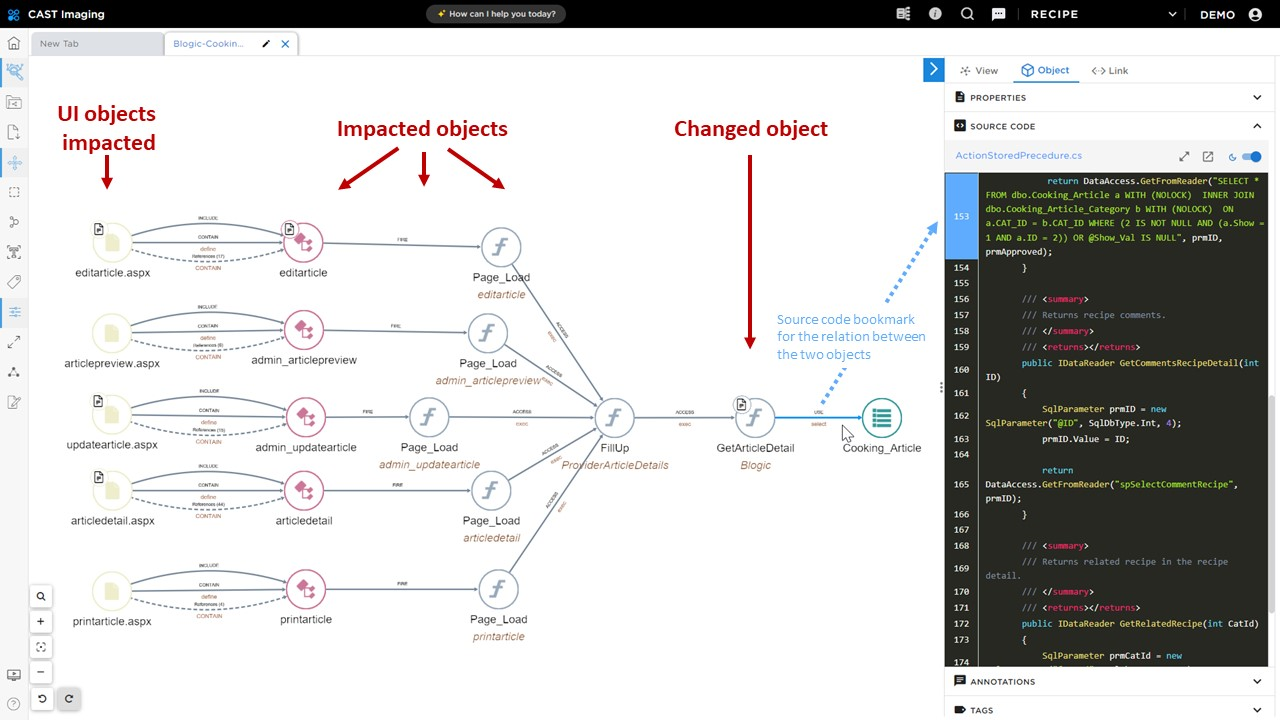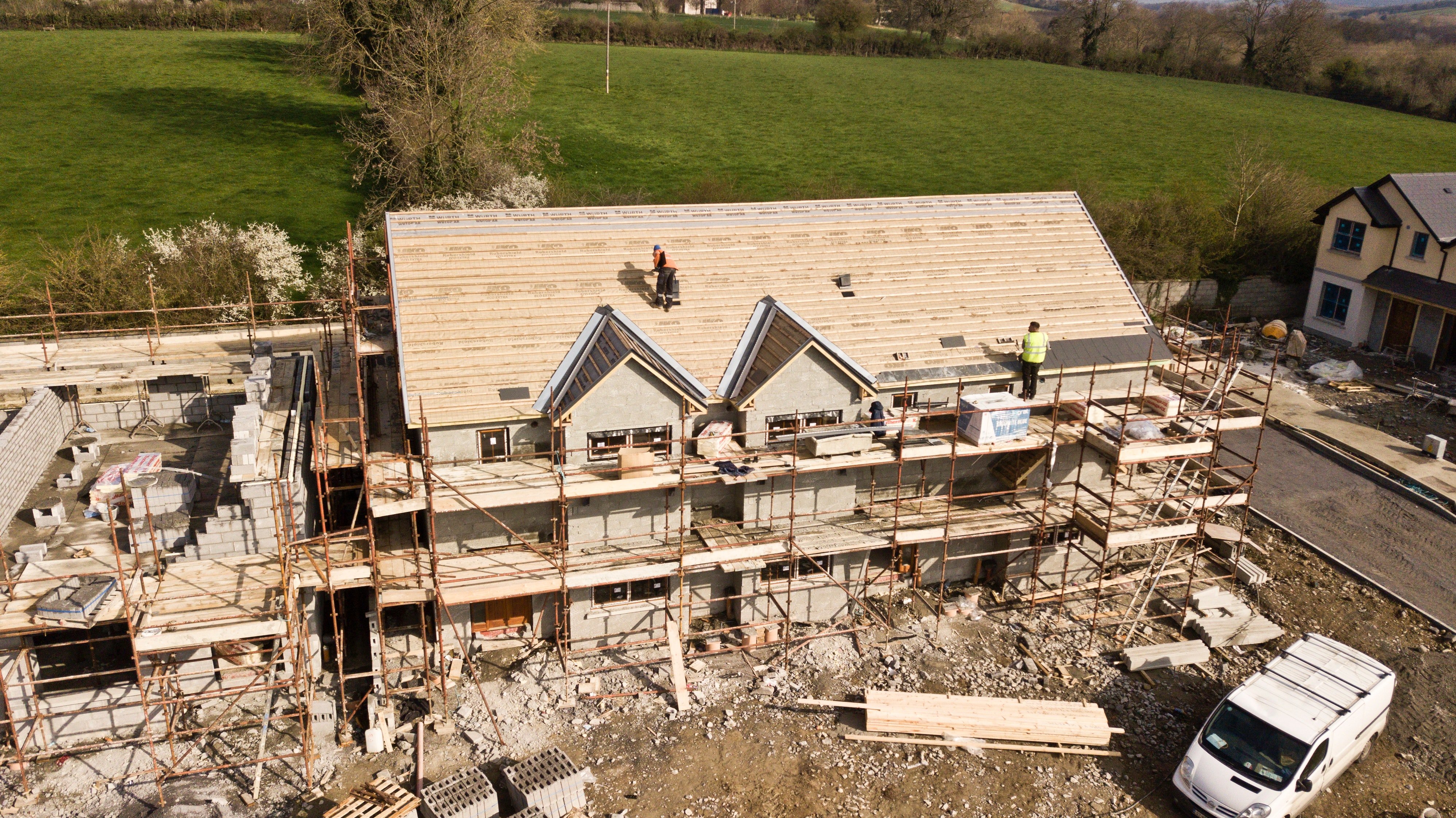In software development, Agile and Waterfall methodologies each have their strengths, but Agile's swift pace and Waterfall's structured phases both struggle with in-depth, systemic impact analysis amidst increasing software complexity. As software systems expand with more components and dependencies, fully grasping change ramifications becomes challenging. This complexity often creates a reliance on a few experts, leading to bottlenecks in development. Coordinating with these experts, especially in distributed teams across time zones, becomes time-consuming and complex, exacerbating the challenges inherent in both methodologies.
Siloed Versus Shared Knowledge
Knowledge silos significantly impact software development, regardless of the chosen methodology. Lacking a shared, comprehensive system architecture understanding, teams can overlook critical dependencies and underestimate change risks, potentially leading to errors, project delays, and escalated costs. The solution involves tools that both Agile and Waterfall teams can use for a holistic system view: detailed and accurate maps of all objects and their dependencies.
In traditional development environments, knowledge is often compartmentalized, diminishing its effectiveness when isolated; individual knowledge does not equate to a comprehensive system understanding. When team members access the full picture, their knowledge's value multiplies because they not only master their domain but also empower others by providing context and insights for better team-wide decision-making. This shared understanding fosters more innovative solutions, enabling team members to see how their work integrates into the larger whole and collaborate more effectively.
A Real Life Example
I've found access to a comprehensive system "map" is transformative for projects. Developers often know their specific application area well, but without a "whole house" view, they can miss important connections and impacts. Software mapping provides this broader perspective, leading to more effective collaboration and a deeper system understanding.
Consider a financial services company upgrading its legacy transaction processing system. The Waterfall team spends months on requirements and design, but during implementation, they uncover an overlooked critical system coupling. This oversight, hard to identify manually or with automated tools like grep, causes significant delays. Similarly, an Agile team in the same company faces a challenge with an undocumented service dependency in the customer portal, leading to a compromised sprint and a risky hot fix. In both cases, the lack of an accurate, current, comprehensive application map is evident. Traditional dependency identification methods are insufficient, highlighting the need for more effective mapping approaches.

Fig 1. Object being changed – impact on the rest of the transaction automatically shown on left to right with suggested code to examine displayed on the side
Implementing Mapping Solutions Across Methodologies
Automatically generated maps, like those provided by CAST Imaging, offer a visual representation of a system's architecture. These maps clarify dependencies and potential change impacts, regardless of programming languages, technologies, frameworks, or databases used. They serve as a shared knowledge base, accessible and interpretable by all team members. These maps support Agile's rapid information sharing and complement the Waterfall approach by providing a comprehensive development phase overview.
Integrating mapping tools like CAST Imaging into software development processes benefits both Agile and Waterfall methodologies. In Agile, maps aid in sprint planning and retrospectives, while in Waterfall, they guide each development phase and provide a revision reference. Maps facilitate communication and decision-making, helping teams confidently navigate changes.
The shift from individual to collective knowledge in software development is a significant perspective change. By adopting software maps, individual knowledge transforms into collective wisdom, leading to a more robust, agile, and informed approach to development. In both Agile and Waterfall environments, the value of a shared, comprehensive system view is clear. Embracing shared knowledge's potential equips every team member with the necessary tools to navigate software development complexities.








SHARE